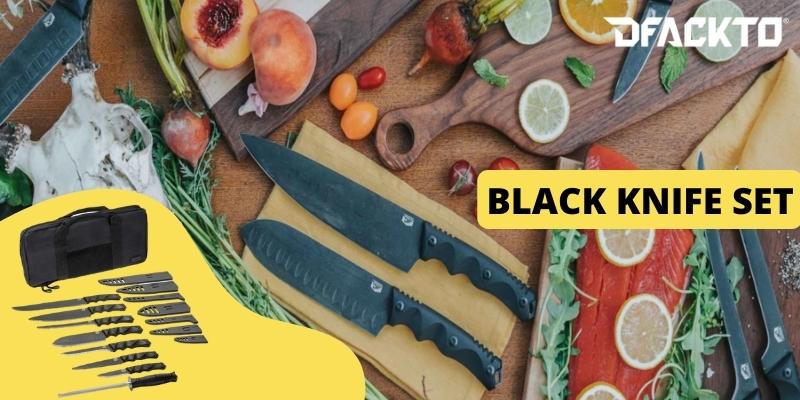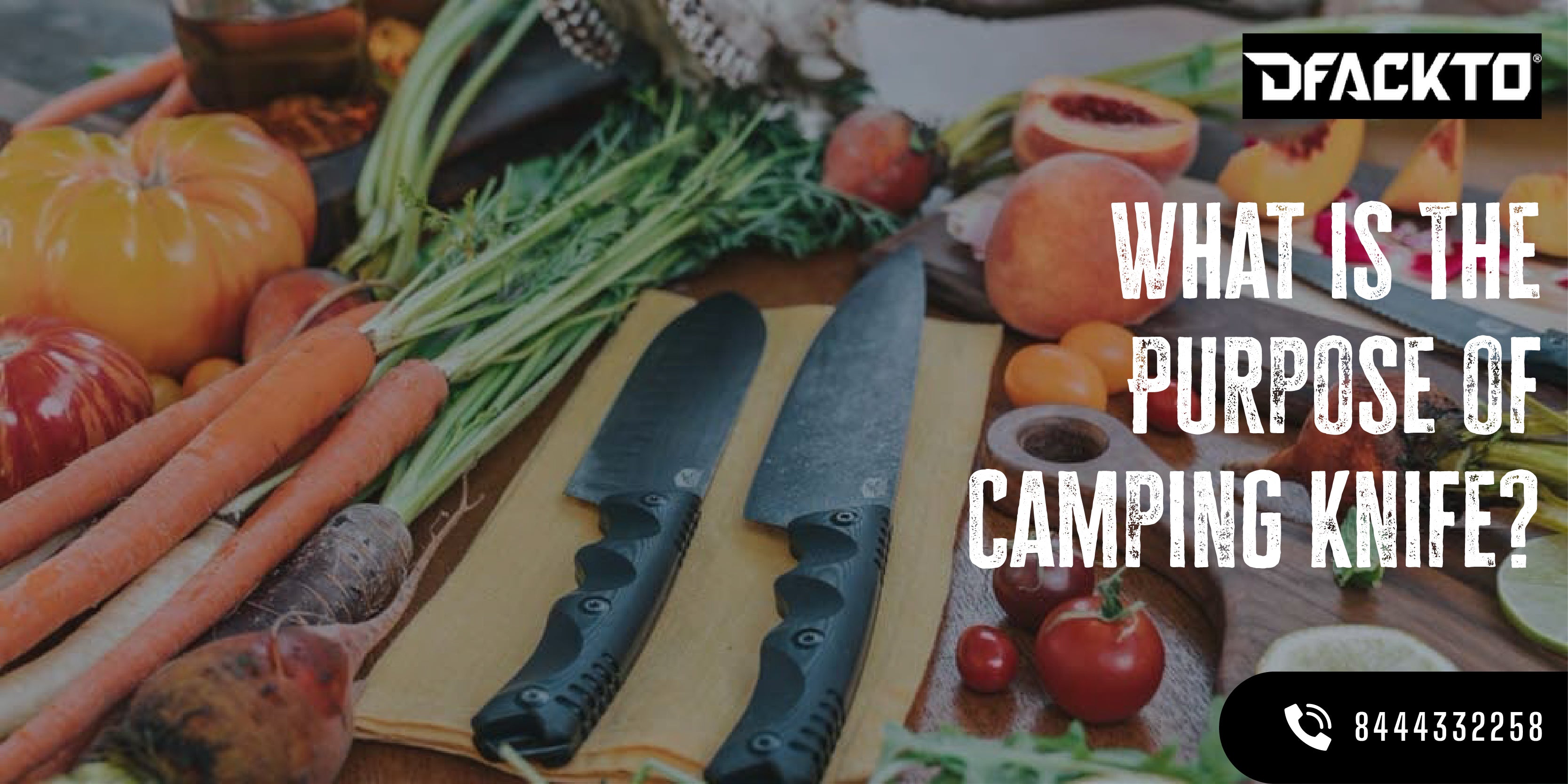Most of us are aware of the many types of knives that come with most household knife sets. The chef's knife is the biggest and most easily identified, while the butter knife is always visible. Most people can easily identify the tiny utility and paring knives, but a normal five- or six-knife set will also contain the best boning knife or perhaps a fillet knife.
Many novice home cooks would overlook these knives, which is sad because they are probably the most specialized and valuable in the set.
The fact that boning & fillet knives have a similar form adds to the misunderstanding. Many home cooks are unsure whether they have 1 or the other, as well as what the distinction is. This is mostly owing to the reality that both blades have a curved form.
Understanding the purpose of these extraordinarily thin knives can help you convert any fish and meat-based dinner into a masterpiece.
How to Spot the Difference Between a Fillet Knife & a Boning Knife
When comparing the best boning knife vs. the fillet knife, you'll notice that they seem similar; nevertheless, each is designed to satisfy a distinct culinary purpose. The names of the two knives provide a solid indication of what chores each knife is most suited for whenever it comes to meal preparation.
The best boning knife is used for separating bones from fish and meat. The blade length is generally between 5 & 7 inches & has a straight & slightly curved, sharp tip. The form enables accurate cutting through ligaments & connective tissue, taking flesh from hefty bones, and removing microscopic bones from fish. Boning knives are somewhat thicker and more rigid than fillet knives.
Fillet blades are thinner & more flexible than most other knives, with blades ranging in length from 5 to 9 inches. They have a sharply curved tip and a pronounced upward curve along the blade. Because the blade is narrower, it cannot withstand severe force like a chef's knife or debone meat like a boning knife. This knife, on the other hand, is ideal for eliminating scales from just a fish while curving around its body contours without hurting the delicate flesh.
The first distinction between the two knives should be obvious: fillet knives are meant specifically for use on fish, whilst best boning knives may be used on both fish & meat, making them more adaptable than fillet knives.
What Is the Purpose of a Boning Knife?
The best boning knife is thinner than other kitchen blades and has variable degrees of flexibility. Because the knife's primary function is to remove flesh from bone, differing amounts of flexibility will provide varied outcomes with different types of meat.
A robust, firm-bladed boning knife, for example, will provide excellent performance when chopping beef & game meat off from the bone. With chicken and poultry, a thinner, extra-flexible boning knife is preferable. Flexible best boning knives are also ideal for removing the metallic shine that is commonly found on pork or lamb. If you do this before cooking, the meat will be much softer.
A well-crafted boning knife may also be utilized for fish, but only if flexibility is prioritized above hardness. A thin, bendable boning knife can be used as a fillet knife. However, the opposite is not always true.
Also Read: WHAT IS THE PURPOSE OF CAMPING KNIFE?
What Is the Purpose of a Fillet Knife?
An excellent fillet knife has an obvious upward curve that increases the size of the knife's cutting belly. In the hands of an experienced cook, this allows for the fast transformation of a whole fish into a pair of neatly cut fillets.
Fillet knives are frequently used in damp conditions since they are designed for the preparation of fish. This implies that they must be made of corrosion-resistant steel that is smooth & easy to clean. Because fish scales rarely create the type of obstacle that meat & bone do, hardness is less crucial.
Fillet knife blades must also be very thin & flexible to gently squeeze around fish bones & skin. They are precise devices meant to be utilized with surgical skills. Misusing a fillet knife will almost certainly destroy the delicate blade.
Fillet knives have a long, shallow-angled bevel as well. This makes the comparatively soft blade razor-sharp but reduces its longevity. This is in stark contrast to a knife like the hefty meat cleaver often found in butcher shops, which has a short, wide-angled bevel that isn't exceptionally sharp but is quite robust.
What Is the Best Fish Filleting Knife?
While the fillet knife is indeed the greatest instrument for cooking fish, it is rarely included in a standard kitchen knife set. Home cooks who value versatility frequently choose a thinner, highly flexible boning knife that provides outstanding filleting performance without compromising the ability to separate meat from the bone.
A knife of this type must make a basic trade-off between flexibility, blade geometry & toughness. To build a single knife capable of great deboning & filleting capabilities, world-class engineering is required.
Conclusion
If you do a lot of deboning and filleting, you should keep a boning knife & a fillet knife on hand for varied jobs. However, individuals who don't debone or fillet frequently must understand the distinction between the best boning knife and the fillet knife. Someone who is deboning and filleting for the 1st time should understand the fundamental distinctions between the two. This fish fillet knife versus boning knowledge will help purchase the proper knife for the job.
DFACKTO is your one-stop shop for purchasing the highest quality chef knife set at the lowest price. Our chef knife set is intended to improve efficiency and convenience of usage. To locate the greatest match, you may select from a variety of possibilities. Also, reach out to us at support@dfackto.com or give us a call at 8444332258 for any queries.



